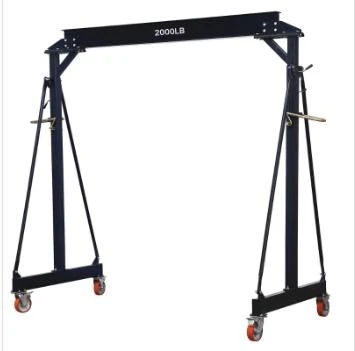Powerful Lifter Magnet for Efficient Material Handling and Heavy Lifting Applications
The Advantages of Lifter Magnets Transforming Material Handling
In the ever-evolving landscape of industrial technology, the quest for efficiency and effectiveness in material handling processes remains paramount. One of the revolutionary innovations that have emerged in recent years is the lifter magnet, a device that has transformed how industries handle heavy loads. This article explores the advantages of lifter magnets, their applications, and how they offer a practical solution in various sectors.
What is a Lifter Magnet?
A lifter magnet, often referred to as a magnetic lifter, is a device that utilizes the principles of magnetism to lift and transport heavy ferromagnetic materials such as steel, iron, and other metals. These magnets come in various shapes and sizes, designed to accommodate different load capacities. Typically, lifter magnets are powered by an electric or permanent magnetic system, allowing operators to control the lifting and releasing of loads with precision.
Advantages of Lifter Magnets
1. Enhanced Safety Traditional methods of lifting heavy materials often involve cranes, hoists, or manual labor, which can pose significant safety risks. Lifter magnets minimize these risks by allowing operators to maneuver materials without physical contact. This not only protects workers from potential injuries but also reduces the chances of materials falling or getting damaged during the lifting process.
2. Improved Efficiency Lifter magnets can significantly enhance the speed of material handling operations. Unlike traditional lifting equipment, which may require intricate setup and positioning, magnetic lifters enable quick attachment and detachment of loads. This efficiency translates into reduced downtime and increased productivity on the factory floor.
3. Cost-Effective Solution While the initial investment in lifter magnets may seem considerable, the long-term savings they provide can be substantial. By simplifying the lifting process, these devices reduce the need for multiple operators and equipment. Consequently, companies can save on labor costs and minimize wear and tear on machinery.
lifter magnet

4. Versatility in Applications Lifter magnets are incredibly versatile, making them suitable for a wide range of industrial applications. They are commonly used in metal fabrication, construction, recycling, and shipping. From lifting sheet metal in a factory to moving large blocks of steel at a construction site, the adaptability of lifter magnets ensures they meet diverse material handling needs.
5. Environmentally Friendly Unlike hydraulic or pneumatic lifting systems that may require oil or other maintenance fluids, lifter magnets operate without such dependencies, making them a more environmentally friendly option. Additionally, by reducing energy consumption and improving efficiency, they contribute to more sustainable industrial practices.
Considerations for Use
While lifter magnets offer numerous benefits, it is essential for industries to evaluate their specific needs before implementation. Factors such as load weight, material type, and operational environment must be considered to select the appropriate lifter magnet for the job.
Training employees on the correct usage of lifter magnets is also critical. Proper handling can further enhance safety and efficiency, ensuring that operators are aware of the limitations and capabilities of the equipment.
Conclusion
In conclusion, lifter magnets represent a significant advancement in the field of material handling, providing industries with safer, more efficient, and cost-effective solutions. As technology continues to evolve, these devices will likely see increased adoption and innovation, further boosting their effectiveness in various applications. By embracing lifter magnets, companies can not only streamline their operations but also contribute to safer working environments and improved productivity in the industrial sector. The future of material handling is indeed magnetic, with lifter magnets leading the charge.
-
4000 lb Gantry Crane | Adjustable, Heavy-Duty Lifting SolutionsNewsAug.31,2025
-
Portable 2000 lb Gantry Crane | Heavy-Duty & AdjustableNewsAug.30,2025
-
Versatile Lifting Solutions with Gantry and Overhead CranesNewsAug.29,2025
-
The Versatile Mobile Gantry Crane SolutionNewsAug.29,2025
-
Reliable Movement with Heavy Machinery Skates and RollersNewsAug.29,2025
-
Reliable Lifting Performance with 2000 lb Gantry Crane and 2 Ton Overhead SystemsNewsAug.29,2025
-
Maximize Lifting Efficiency with PML Magnetic LiftersNewsAug.29,2025
